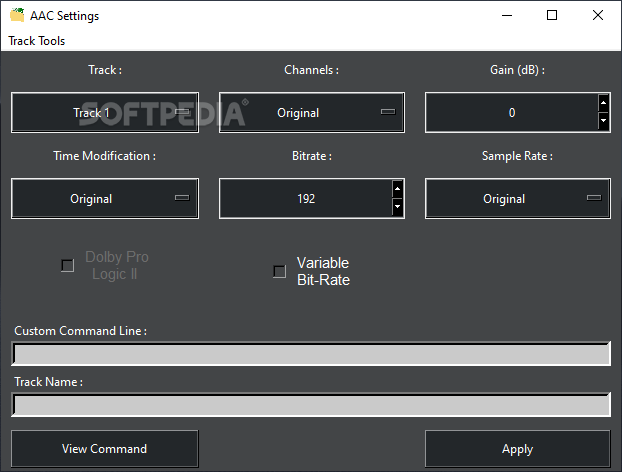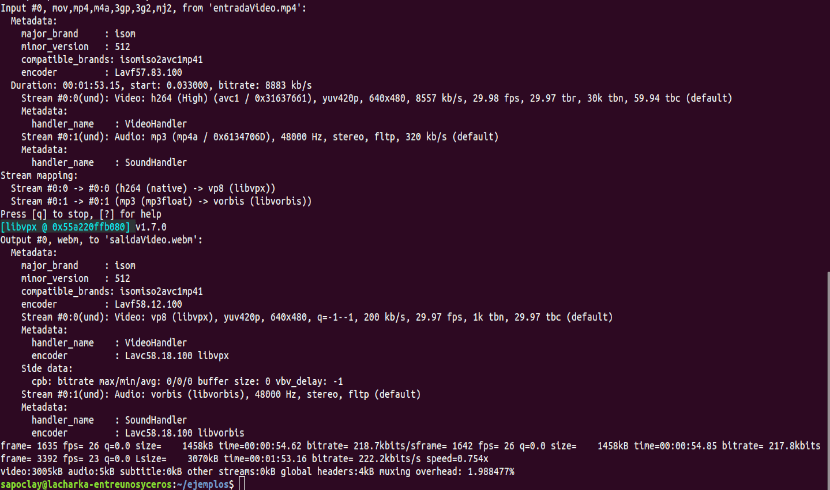
You can obviously replace these with your own test videos, we only left the command lines in there for your reference. Therefore - this is taking the long/manual way around.ģ) If ffmpeg fails - CLEAN IT if you hit an error trying to build ffmpeg (we certainly hope you won´t) be sure to completely clean that folder out (heck, I´d suggest even just re-grabbing the snapshot again) because you start to get unusual errors when you try to build on top of a failed build even if you "make clean" first.Ĥ) Video Encoding Tests The video encoding tests at the bottom of the procedure were our own tests comprising videos we have had troubles encoding in the past.

It took us roughly a month of searching, trial and error, and tests to eventually get this to work over a period of a year on and off.ġ) CentOS5.x 32 or 64 bit This may work for other platforms - probably should on RHEL and Fedora, but I have only tested it on CentOS.Ģ) Minimal extra repositories We know you can add yum repos that will give you ffmpeg, our goal here was a finer level of control and to get the latest latest libraries and svn of ffmpeg itself - also to keep our CentOS yum repo as clean as possible.

This is a highly technical guide to how we managed to install ffmpeg on several CentOS 5.5 32 and 64bit platforms to achieve an effective modern web video transcoder.įor those struggling to figure out how to get ffmpeg to install and to have it work with as many input video formats as possible, we hope this guide saves you some time.

Compiling FFMpeg on Centos 5 a procedural guide to getting ffmpeg to work with webm, mp4(x264) and ogg(theora) output **Updated May 24th 2011 to change to ffmpeg git repository per comments.


 0 kommentar(er)
0 kommentar(er)
